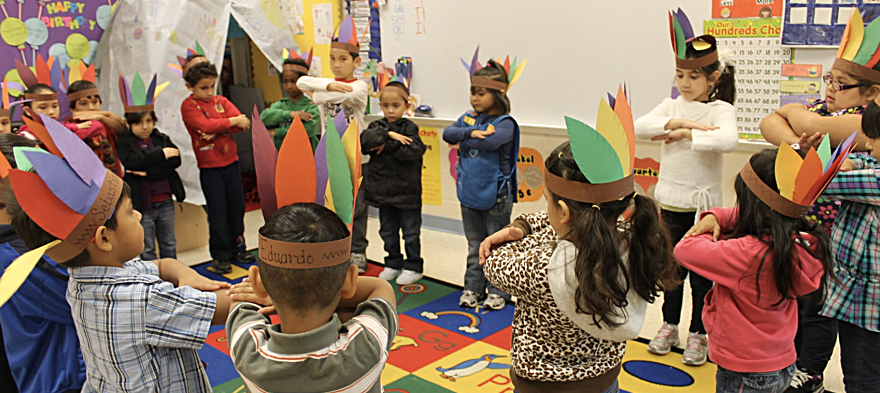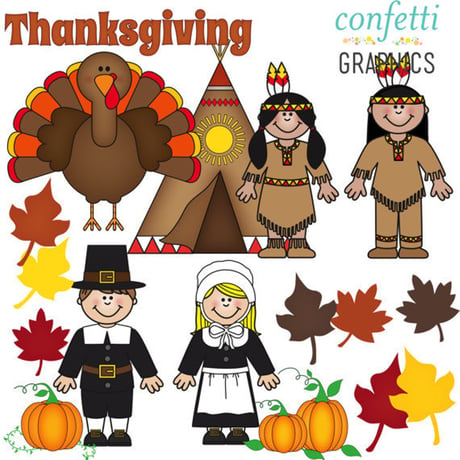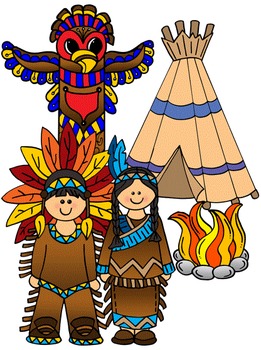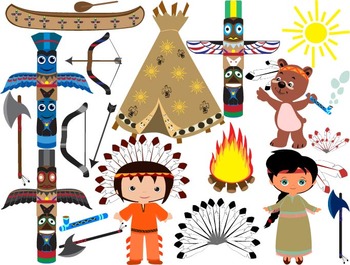
Oct 8, 2021 12:00:00 AM
In March, Dr. Seuss Enterprises decided to cease publication of six of the prolific writer's works due to his demeaning caricatures of non-white ethnicities. This ongoing discussion of racist illustrations, however, is not new. Insulting depictions of people of color — specifically, Indigenous people — have been debated for decades. Popular animated films like Disney’s “Pocahontas” and “Peter Pan” portray mythical stereotypes of native people.
Similarly, sports team mascots have been criticized for belittling the cultures of indigenous nations. The First Nations have been culturally appropriated by alcohol, food, and beverage companies for hundreds of years. Cumulatively, these incorrect images and characterizations of native people create “unidimensional and static stereotypic representations about First Nations individuals.”
[pullquote]As both a white educator and digital artist, I have taken interest in how historically marginalized people are depicted in American curricula.[/pullquote]
Online educational marketplaces are increasingly popular places to find classroom activities, worksheets, and lesson plans. As these sites continue to influence national curricular trends, educators have started to take a closer look at the content and quality of these marketplaces’ vast educational offerings. Many recent articles and research studies have highlighted fundamental problems with one particular website catering to educators — Teachers Pay Teachers (TpT). TpT claims to be the “world’s most popular online marketplace for educational resources,” with a catalog of over 5 million entries and used by 85% of American Pre-K to 12 educators.
Since its inception in 2006, over 1.5 billion items have been downloaded. However, in recent years TpT has been criticized for its reactive handling of racist lesson plans, its omission of diverse perspectives of people of color, its tolerance for allowing rampant plagiarism to persist, and a catalog of poorly-crafted resources.
[pullquote]A majority of the items sold in the marketplace are written by white women — the dominant teacher demographic — and offer a narrow, Eurocentric perspective of historical events.[/pullquote] Across TpT, a large number of lower elementary school materials — for all subject matter — look surprisingly homogenous. Materials across the site include charming “bobblehead”-type images of people which are marketed to early education teachers. While many resources may appear “cute,” they “may be masking or reproducing problematic ideas or inaccurate content.” Debbie Reese, a Nambé Pueblo, has tweeted about inaccurate and problematic lesson plans regarding Native culture in the past.
A recent search for “Native American” clip art led me to a similar problem of stereotypically insensitive false portrayals of First Nations people drawn in this cartoony style.
The first clip art resource I found has since been removed from TpT, but can still be purchased on Etsy. It’s called “November Clip Art Set Thanksgiving Pilgrim Indian Pumpkin Turkey Fall Leaves.” The jumbled word soup title — an attempt to capture as many search terms as possible — refers to Indigenous People by the name given to them by white colonists. Two native children are shown in what appears to be buckskin clothing with fringe and headbands with two vertical feathers. The artist also included a tipi, which was not a dwelling of first Thanksgiving participants.

A second resource blends symbols of multiple indigenous nations together, including totem poles, feathered headdresses, tipis and canoes. Despite having “Thanksgiving” in the title, little of this set would be recognized by the Wampanoag people.

A third resource is similarly problematic, as it depicts a mishmash of cultures and symbols without the proper context. Conflating two (or more) distinct cultures within a single clip art set is uninformed and harmful.

The above-mentioned clip art sets homogenize native cultures and exoticize First Nations people. These examples of cultural appropriation are also forms of racial microaggression.
Racial microaggressions are “brief and commonplace daily verbal, behavioral, or environmental indignities, whether intentional or unintentional, that communicate hostile derogatory or negative racial slights and insults toward people of color.” This type of racism is ambiguous because it manifests differently than overt racist actions. In addition to these offline microaggressions, Tynes and colleagues have proposed new categorizations for online microaggressions including “miseducation” — online learning materials which (unintentionally) demean or omit people of color.
Since the early 21st century, negative social, mental, and physical effects of racism on students of color, young indigenous people, and even white students are well documented. In the classroom, racial microaggressions can have negative impacts on classroom performance, participation, and problem-solving ability, sometimes leading to feelings of isolation, loneliness, invisibility, and can have negative impacts on students’ self-efficacy. Using insensitive images in the classroom contributes to “Soul Wound” — a devastating, centuries-long collective trauma felt by First Nations people.
Teachers who wish to include First Nations imagery are encouraged to reach out to local indigenous artists and commission them for their work. If this is not possible, a more mindful search can uncover artists on TpT who offer respectful images that depict the unique cultures or the distinct houses of diverse tribes.
Those who are searching for learning activities can find carefully crafted educational materials for free, such as this Thanksgiving activity designed and written by an indigenous educator or by contacting organizations that curate an incredible array of free resources for teachers. In any case, all educators are encouraged to critically analyze clip art and lesson plans depicting traditionally marginalized ethnicities and know that it is never too early to use respectful, accurate clip art in the classroom.
B. Manker, Ed.D has nine years of domestic and international teaching experience at a variety of public, charter and private/international elementary schools. He is passionate about elementary school pedagogy, inquiry-based learning, technology integration, assessment methodologies, makerspaces and STEAM education. Since 2014, he has enjoyed coaching colleagues on age-appropriate technology integration strategies and piloted several technology initiatives across every elementary school grade level. This experience led him to pursue and earn a doctorate in educational technology in 2019. In addition to these experiences in the classroom, Dr. Manker has been an educational clip artist, producing artwork that is used in classrooms in the United States and Germany. His most recent position, a stay-at-home dad, has been the most rewarding experience to date.
Few issues in education spark more tension and debate than standardized testing. Are they a tool for equity or a burden on students? A necessary check on school systems or a flawed measure of...
Charter schools are public schools with a purpose. Operating independently from traditional school districts, they're tuition-free, open to all students, and publicly funded—but with more flexibility...
Despite the benefits of a diverse teaching force, prospective teachers of color fall out of our leaky preparation pipeline at every stage: preparation, hiring, induction, and retention. Here’s what...
Ed Post is the flagship website platform of brightbeam, a 501(c3) network of education activists and influencers demanding a better education and a brighter future for every child.
© 2020-2025 brightbeam. All rights reserved.
Leave a Comment